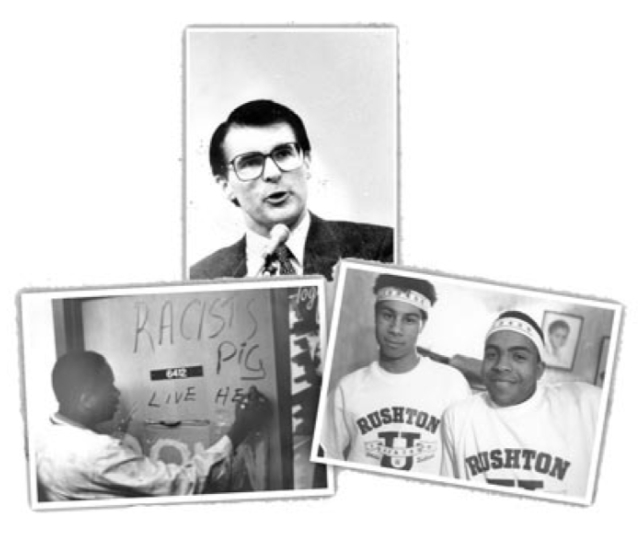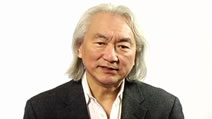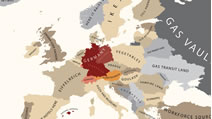Modern-Day Galileo: J. Philippe Rushton (1943-2012)

Last week the world of science lost one of its most courageous and brilliant practitioners, and I have lost a dear friend and colleague. On 02 October, J. Philippe Rushton passed away at an infuriatingly young age of 68.
I first learned of Phil’s work in 1999 when, as a then member of the Social Psychology Section of the American Sociological Association, I received a complimentary copy of the abridged edition of Race, Evolution and Behavior, which Phil had sent to all 600+ members of the Section at his personal expense. I read it right away, then I purchased and read the unabridged version.
When I met Phil in person for the first time the following year, I could not believe that a man so intensely hated in public (nearly always by idiots who did not know him personally and who did not know anything about science) could be so gentle, genial, and generous in person. His very kind and mild manners always impressed me, especially in stark contrast to how people thought and assumed he was.
Here’s one of my most favorite pictures in the world, which I call “The four most hated men in science, and Jim Flynn.” The four most hated men are, from left to right, J. Philippe Rushton, Helmuth Nyborg, Richard Lynn, and yours truly, with James R. Flynn at the center. The picture was taken at the 2007 conference of the International Society for Intelligence Research, by a young intelligence researcher Jonathan Wai. I proudly display this picture in my office at LSE. My latest book The Intelligence Paradox: Why the Intelligent Choice Isn’t Always the Smart One is partly dedicated to Phil, as well as to the other two most hated men in the photo and other courageous pioneers in the field of intelligence research. I can’t believe there can’t be any more pictures like this with Phil.
Here’s
another picture of Phil and me, also taken by Jon at the same
conference. It simultaneously displays Phil’s gentle nature and my
characteristic inability to make eye contact. The behavior
geneticist Robert Plomin is in the background.
There’s another picture that I love, even though neither Phil nor I are in it. In the early 1990s, during the height of the controversy about his work and student protests against him on the campus of the University of Western Ontario, where Phil taught most of his career, a photographer from the student newspaper, the Western Gazette, captured an image of a black student protestor vandalizing Phil’s office and spray-painting on the door “Racists pig live here.” If that’s not supreme irony, I don’t know what is.

There is one very small consolation in Phil’s tragically early death: Phil was not an artist, he was a scientist. When an artist dies, his art dies with him, which is why there has not been (and will never be) Beethoven’s 10th Symphony or Guernica II. Unlike art, however, science is cumulative. The rest of us can honor his memory and his scientific legacy by continuing his work. Phil was simultaneously a tremendous role model and a very tough act to follow. He was a model of scientific integrity. Unlike Galileo, he never recanted.
Follow me on Twitter: @SatoshiKanazawa


